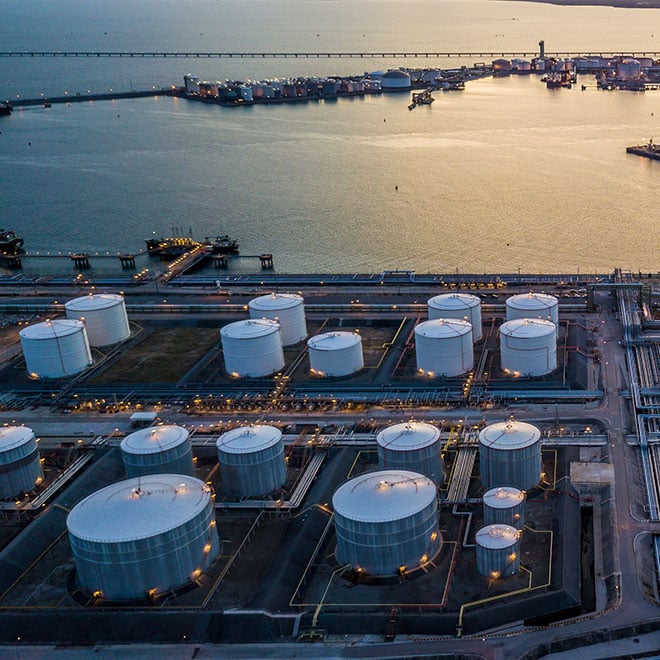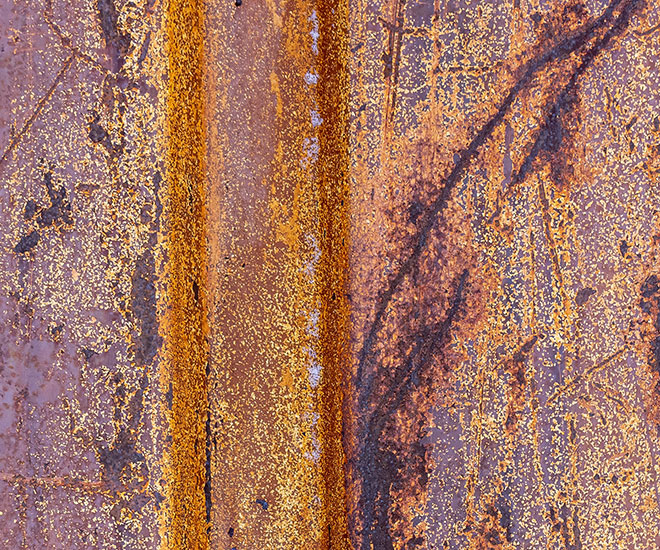Benefits at a glance
Non-destructive – No need to drain, cut open or dismantle the tank, minimizing downtime and costs
Safe – No need to expose inspectors to risks associated with physical entry
Cost-effective – reduce maintenance costs by allowing for the targeted maintenance and repair of issues
Customer needs
Power plants and oil & gas industries have various tanks and vessels that require regular inspection to ensure safety and compliance with regulatory standards. These inspections are crucial to prevent leaks, corrosion and other issues that could potentially lead to accidents or environmental damage:
- fuel storage tanks
- cooling water tanks
- chemical storage tanks
- boiler feedwater tanks
- wastewater treatment tanks
- pressure vessels
- storage tanks for additive
- hydrogen storage tanks
The frequency and extent of inspections can vary depending on factors such as the type of tanks, its size, its contents and applicable regulations. Regulatory bodies, safety standards and the power plant’s internal policies typically dictate the inspection schedules and procedures.


Solution / Equipement
Using the example of fuel storage tank inspection in power plants, we will understand why Visioprobe remote inspection camera is a must-have tool for maintenance in power plants. Power plants often store large quantities of fuel, oil or natural gas in tanks that need regular inspection to check for leaks, corrosion and structural integrity with safety as paramount.
Detailed solution:
- Visioprobe Pan&Tilt 90 mm camera with Focus made of stainless steel
- Visioprobe control unit
- 30 m reel with flexible cable
Before starting, the tank is properly prepared to be empty or adequately depressurized and isolated from any sources of ignition or fire.
Depending on tank’s size and access points, the right Visioprobe combination is prepared. In our example, a 90 mm diameter Visioprobe tank inspection camera is inserted from the top of the tank thanks to a flexible cable. The built-in LED lights provide adequate lighting within the tank to capture high-resolution images and videos of the tank’s interior. Made of stainless steel, the camera the camera is resistant to radiation and corrosion, offering mechanical stability even at high temperatures. The inspector makes the camera navigates throughout the tank’s interior, visualizes real-time images and controls camera head movements via the control unit. By capturing images and video as the inspection goes, the inspector documents any findings, such as signs of corrosion, contamination, sediment build-up or other defects. The inspection comes to an end when the inspector generates the inspection report that summarizes the findings with corresponding recommendations for maintenance, repair or cleaning. Collected data is then reviewed and analyzed to determine the condition of the fuel storage tank’s interior and support decision making about maintenance and operation.
